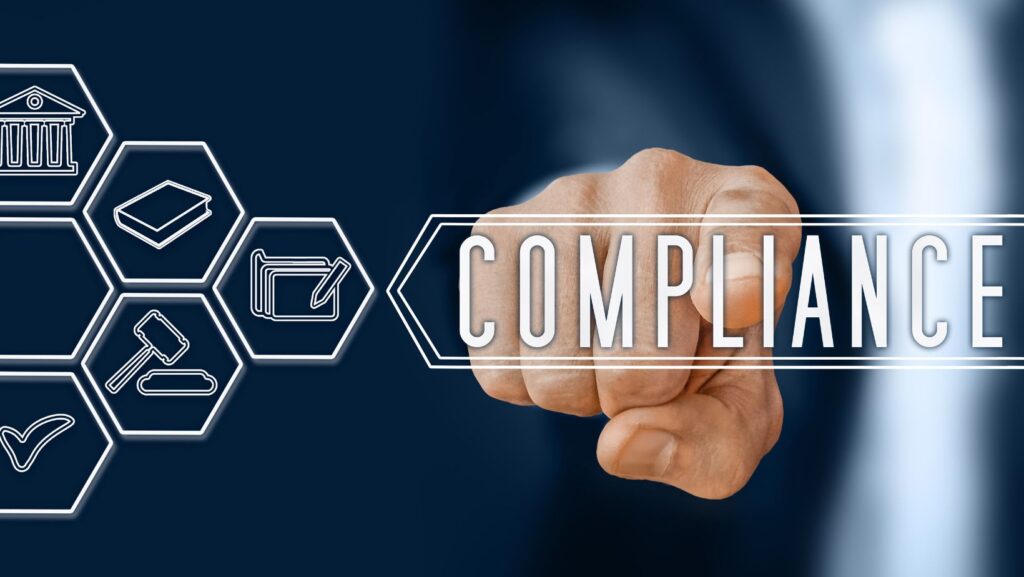In the digital age, data security isn’t just a luxury, it’s a necessity. Whether you’re a small business owner or part of a multinational corporation, understanding the ins and outs of SOC 2 compliance is crucial. It’s more than just a buzzword; it’s a framework that ensures your company’s customer data is handled with the utmost care.
Understanding SOC 2 Compliance
Before starting, let’s get a clear understanding of what SOC 2 compliance exactly means and its importance to businesses.
What is SOC 2 Compliance?
SOC 2 Compliance, an acronym for Service Organization Control 2, is a framework developed by the American Institute of CPAs (AICPA). This framework, often guided by a SOC 2 consultant, standouts for setting guidelines on managing customer data based on five principles: security, availability, processing integrity, confidentiality, and privacy.
Importance of SOC 2 Compliance
The criticality of SOC 2 Compliance lies in its role in ensuring data security. For businesses, the compliance validates their commitment towards implementing and continuing effective security controls. By being SOC 2 compliant, a company asserts that they prioritize their customer’s data, offering peace of mind to clients and stakeholders. Ultimately, SOC 2 Compliance serves as proof of safeguarding the privacy and confidentiality of users’ data.
Key Principles of SOC 2 Compliance
Diving further into the realm of SOC 2, let’s explore the core principles that define its compliance. Imbibed within its structure, these principles validate a business’s dedication to maintain a secure, reliable, and privacy-conscious ecosystem for handling customer’s data.
Security
As a first pillar of SOC 2, Security guards against unauthorized access to systems—both physical and digital. Measures like firewalls, two-factor authentication, and intrusion detection are key elements.

A SOC 2 compliant company assures system protection through these robust security controls tirelessly, substantially reducing the odds of data breaches.
Availability
In the realm of SOC 2, Availability doesn’t merely represent uptime. It’s a promise of system operativeness, encompassing factors like network performance, site failover, and disaster recoverability. It demands system, network, or process accessibility for the company’s contractual or market-driven demands. Adequately maintained infrastructure, timely system updates, and efficient incident management manifest a company’s commitment to this principle.
Processing Integrity
Preserving the Processing Integrity principle means ensuring the data processing is apt, authorized, and delivers the intended result. It stands as a quality check, assuring that system processing is complete, valid, accurate, and timely. An effective balance of accurate data selection, thorough error identification, and swift problem resolution denotes a company’s adherence to this principle.
Confidentiality
Confidentiality, another crucial principle of SOC 2, assures customer data is facelessly stored, managed, and transported. It reinforces encryption methods, access controls, and firewall protection, affirming only licensed recipients can reach sensitive data. It might involve a SOC 2 consultant to analyze and partake in a proficient level of data classification, access controls, and data handling, making sure the degree of confidentiality is upheld.
Privacy
The final principle, Privacy, directly addresses the protection of personally identifiable information (PII). It caters to how this sensitive data is collected, used, retained, disclosed, and disposed of, adhering to the Privacy Act and other regulations. Respectful consent, unambiguous notice, and minimal collection of PII underline commitment to the Privacy principle.
How to Achieve SOC 2 Compliance
Navigating SOC 2 compliance might seem challenging, yet following these organized steps enables a smoother transition.
Initial SOC 2 Compliance Steps
Begin the compliance process by engaging with a qualified SOC 2 consultant. This professional offers knowledge and expertise invaluable in preparation and planning. Primarily, understand the unique requirements that apply to your business. Next, evaluate your existing controls, processes, and policies. Consequently, identify any gaps that need remedying. For example, you might uncover loopholes around access control or data management.
Implementing Necessary Controls
Post evaluation, it’s crucial to implement relevant controls for data protection. These measures should align with the five principles of SOC 2 – Security, Availability, Processing Integrity, Confidentiality, and Privacy.

In case of security, consider robust measures like firewalls, encryption, and intrusion detection. Similarly, for maintaining high availability, ensure reliable backup and disaster recovery plans are in place. Implementing these controls may require both policy changes and infrastructure upgrades.
Conducting the SOC 2 Audit
Following the implementation, you’ll need to undertake a SOC 2 audit. In this stage, an independent auditing firm checks the effectiveness of your controls. They assess whether the controls align with the five SOC 2 principles and if they’ve been implemented correctly. For instance, in terms of maintaining Processing Integrity, auditors will check systems for errors and inefficiencies. Post audit, you’ll receive a detailed report of the controls’ effectiveness, any identified deficiencies, and recommendations for improvements. The entirety of this process, from initial steps till conducting the final audit, gives your business an effective roadmap to SOC 2 compliance.
